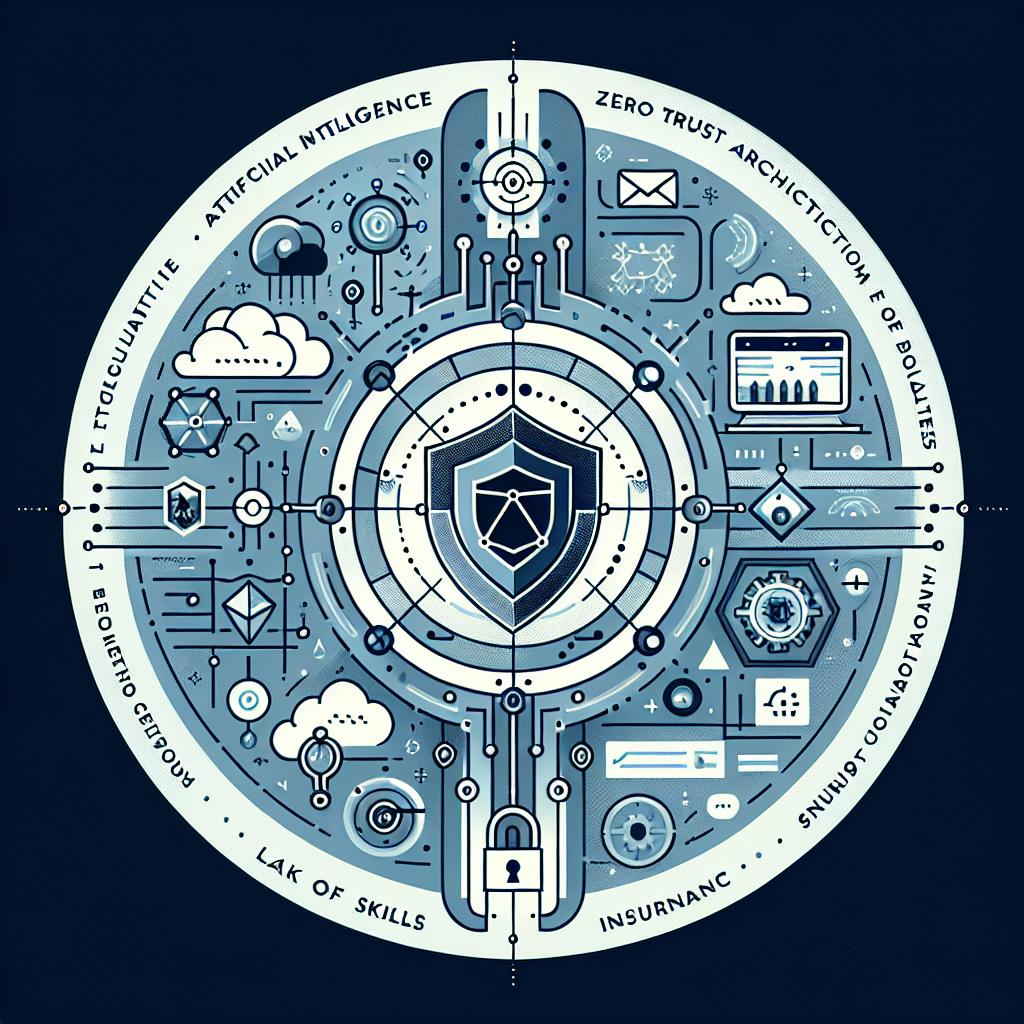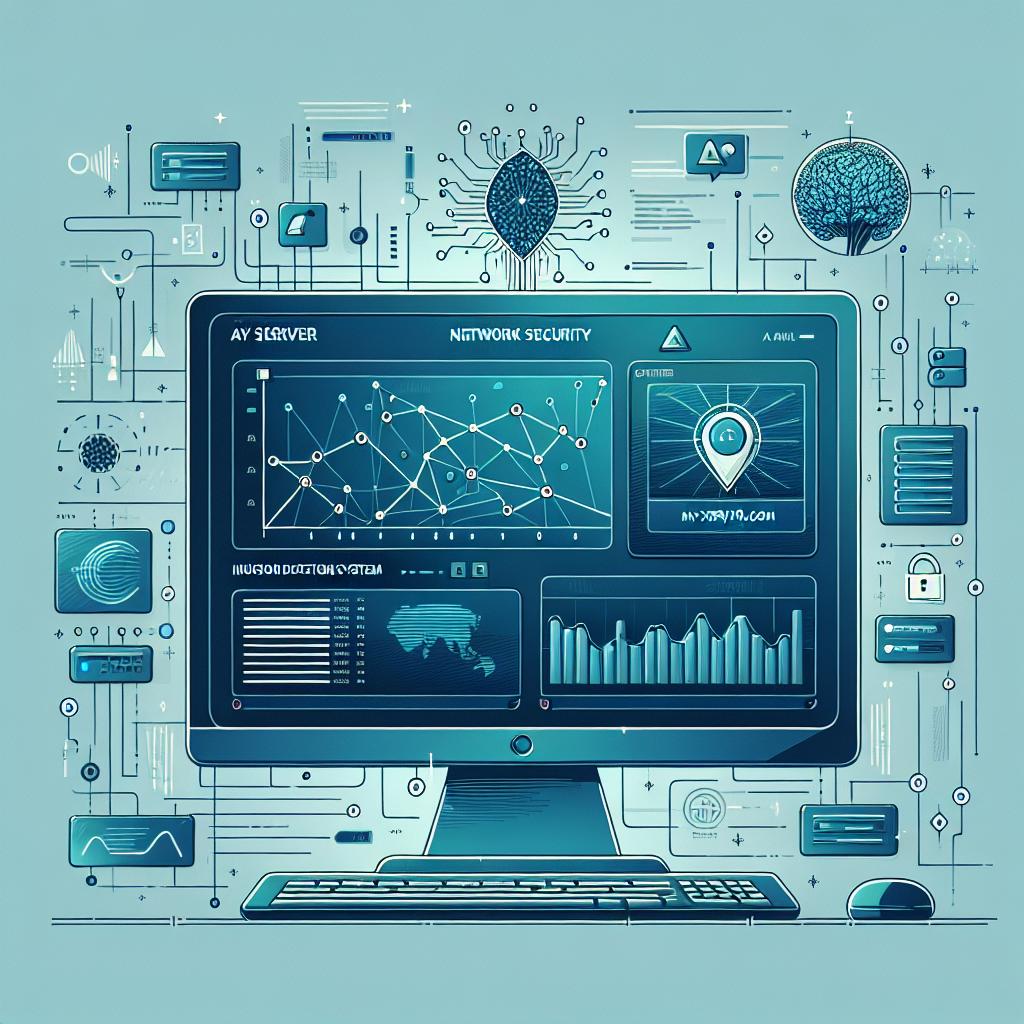As we look ahead to 2025, the landscape of cybersecurity is evolving rapidly, driven by technological advancements, increasing cyber threats, and the growing importance of data protection. Here are five key cybersecurity trends to watch in the coming years:
1. Rise of Artificial Intelligence in Cybersecurity
Artificial Intelligence (AI) is set to play a pivotal role in cybersecurity by enhancing threat detection and response capabilities. AI algorithms can analyze vast amounts of data in real-time, identifying patterns and anomalies that may indicate a cyber threat. Machine learning models will continue to improve, allowing organizations to predict and mitigate potential attacks before they occur. Additionally, AI can automate routine security tasks, freeing up human resources for more complex issues.
However, the use of AI in cybersecurity is a double-edged sword. Cybercriminals are also leveraging AI to develop more sophisticated attacks, such as automated phishing campaigns and advanced malware. This arms race between defenders and attackers will necessitate continuous innovation and adaptation in cybersecurity strategies.
2. Increased Focus on Zero Trust Architecture
The Zero Trust security model, which operates on the principle of "never trust, always verify," is gaining traction as organizations recognize the limitations of traditional perimeter-based security. In a Zero Trust framework, every user and device is treated as a potential threat, regardless of their location within or outside the network.
By implementing Zero Trust principles, organizations can minimize the risk of data breaches and insider threats. This approach involves strict identity verification, micro-segmentation of networks, and continuous monitoring of user behavior. As remote work becomes more prevalent, the adoption of Zero Trust will be crucial in safeguarding sensitive information.
3. Regulatory Compliance and Data Privacy
With the increasing number of data breaches and privacy concerns, regulatory bodies are tightening their grip on data protection laws. In 2025, organizations will need to navigate a complex landscape of regulations, such as the General Data Protection Regulation (GDPR) in Europe, the California Consumer Privacy Act (CCPA) in the United States, and various other national and international laws.
Compliance will not only be a legal obligation but also a competitive advantage. Companies that prioritize data privacy and demonstrate robust cybersecurity measures will build trust with customers and stakeholders. As a result, organizations will invest more in compliance tools and frameworks to ensure they meet regulatory requirements.
4. Expansion of Cybersecurity Skills Gap
The demand for cybersecurity professionals continues to outpace supply, leading to a significant skills gap in the industry. By 2025, this gap is expected to widen, making it increasingly challenging for organizations to find qualified personnel to protect their digital assets.
To address this issue, companies will need to invest in training and development programs for existing employees, as well as collaborate with educational institutions to create cybersecurity curricula. Additionally, the rise of remote work may open up opportunities for organizations to tap into a global talent pool, allowing them to hire skilled professionals from diverse backgrounds.
5. Increased Investment in Cybersecurity Insurance
As cyber threats become more prevalent and damaging, organizations are recognizing the importance of cybersecurity insurance as a risk management strategy. By 2025, we can expect a surge in demand for cyber insurance policies that cover financial losses resulting from data breaches, ransomware attacks, and other cyber incidents.
However, obtaining cybersecurity insurance will come with its own set of challenges. Insurers will likely require organizations to demonstrate robust cybersecurity practices and compliance with industry standards before issuing policies. This trend will encourage businesses to strengthen their security measures and adopt best practices to qualify for coverage.
Conclusion
The cybersecurity landscape in 2025 will be shaped by technological advancements, regulatory changes, and the evolving threat landscape. Organizations must stay informed about these trends and proactively adapt their cybersecurity strategies to protect their assets and maintain trust with customers. By embracing AI, adopting Zero Trust principles, prioritizing compliance, addressing the skills gap, and investing in cybersecurity insurance, businesses can better prepare for the challenges that lie ahead.


